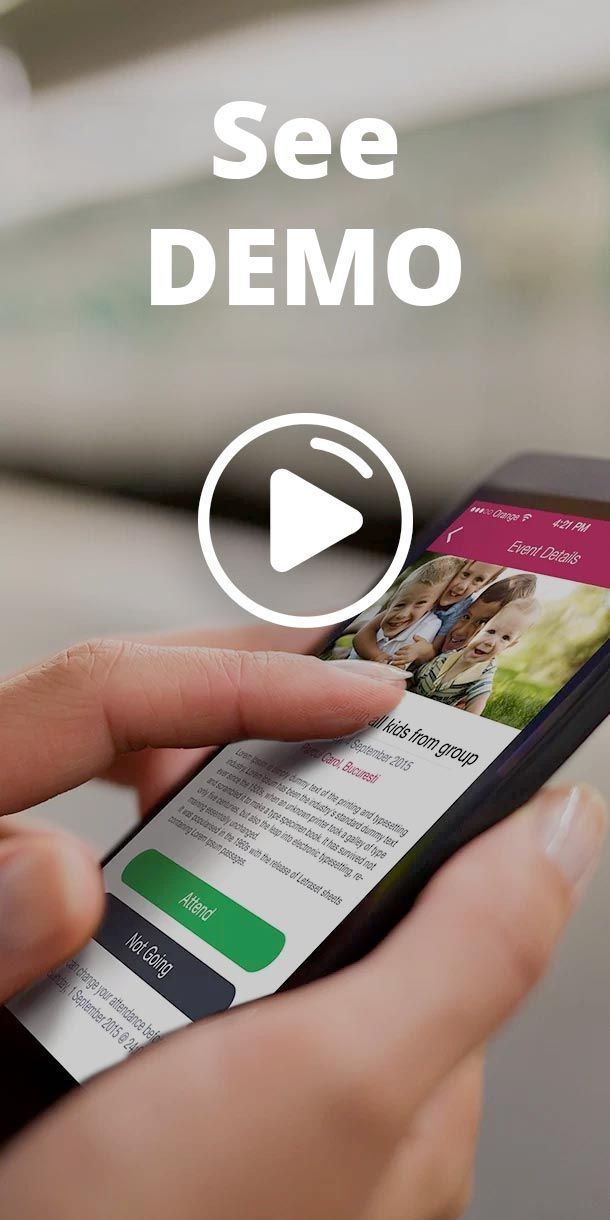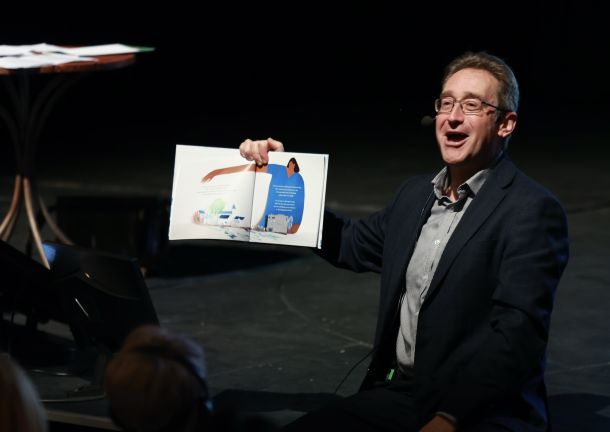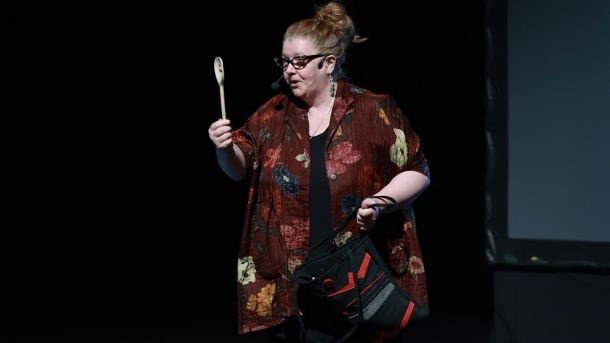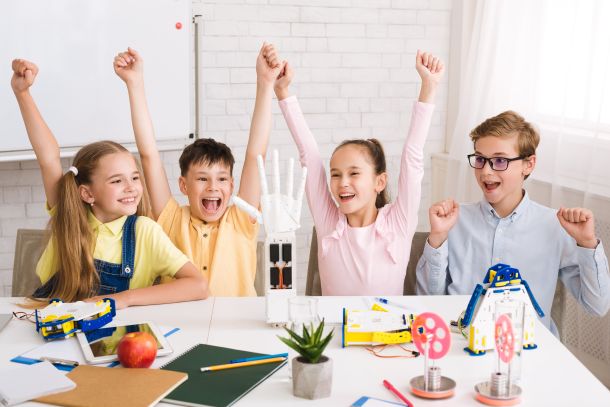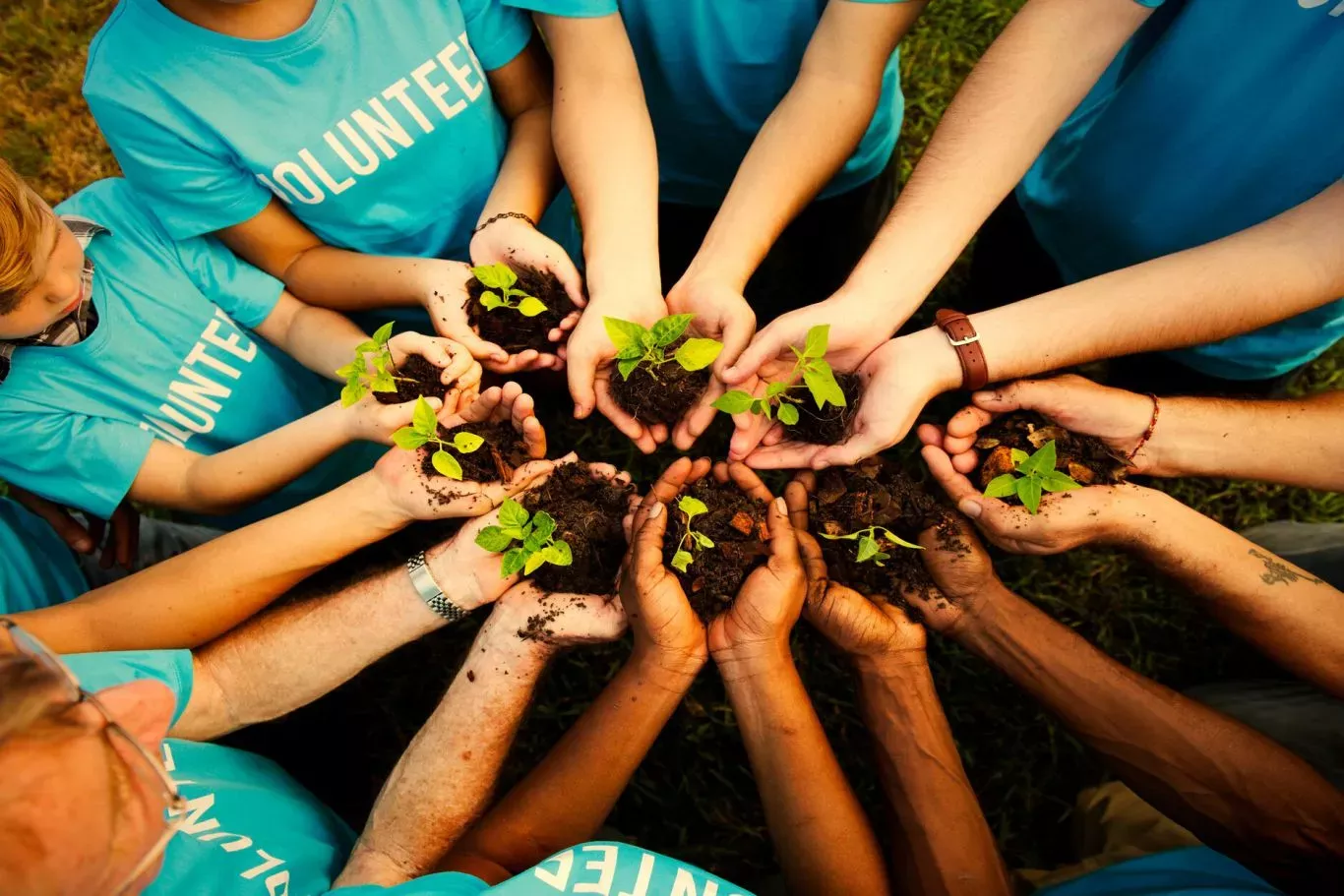
Teaching gratitude, an essential value in children's emotional development
The power of gratitude and how we teach children to show it
Thanksgiving Day is celebrated every year mostly in the US, but also in other countries throughout the world. Dating back to the Middle Ages, communities would gather on this days to express gratitude for bountiful harvests and the passing year, based on the agricultural calendar.
Since we no longer grow what we eat, agratitude is often linked to material possessions. However, the frenzied pace of modern life has shifted the focus to elements like personal health and nurturing meaningful relationships.
When is the right time to start teaching gratitude? Especially when kids start noticing these nuances?
Gratitude isn't something we're born with; it's something we learn. In the first few years, children are mainly focused on themselves. It's around the age of 4 that they begin to recognize not only their emotions but also the feelings of those around them. This is the time to emphasize the little details that help them grow appreciative.
Similar to experts advising gradual development of essential skills in sync with a child's pace, gratitude is something that's introduced in small steps, particularly day by day.
15 key activities to do with your child to foster gratitude
1. Say "Please" and "Thank you". Every time
It would be beneficial to explain to children that our mannerisms show that we don't think we are entitled to everything and that we appreciate everything we are given. The power of example is essential in these circumstances because children at this time imitate what the adults around them do.
2. Help someone less fortunate together
Gratitude means helping people in a difficult situation, and this could be the neighbor down the street, grandma, or someone you know. You can do this together or you can encourage your little one to help that person.
3. Volunteer together
Any volunteer activity strengthens both empathy and gratitude. Help out at a homeless shelter, soup kitchen, or non-profit organization. Likewise, simply helping your colleague with homework without getting something in return is a valuable act of volunteering.
4. Send cards or thank-you letters
Express your gratitude to those who have made a difference in your life and send them a written message, either on colored paper, by text message, or email.
5. Look for moments of admiration in your day
If the sunset is particularly beautiful, comment on it. If the sound of another person's laughter warms your heart, say so. Encourage your little ones to seek out their awe-inspiring moments and share them with you.
6. Share your gratitude at bedtime
Take five minutes at the end of the day to ask your child what they are grateful for that day. Look for reasons you were thankful or happy that day.
7. Share your gratitude at the dinner table
Take a moment at dinner to share what you are grateful for. Walk around the table, giving each family member a chance to express gratitude. Compliment the chef and the food at that table.
8. Compliment others
Encourage children to do the same. Share the things you appreciate about another person, whether it's a new accessory, physical appearance, or the values that person holds.
9. Keep a gratitude journal
It can be in any form that works best for your child's age, skill level, and desire. Some children will want to spend time writing down their thoughts. Others may be more apt to express their gratitude through drawing or painting. Encourage all forms of expression!

10. Write a letter
Encourage your child to write a letter to someone who has touched them. If he or she feels comfortable, visit with that person to read the letter aloud. If not, send it by mail or email.
11. Create a family gratitude journal
Leave the journal somewhere where everyone can access it and challenge the family to write in it whenever they feel grateful. Leave cute and funny messages for other family members.
Help your child earn money and buy a gift for a loved one or make a handmade gift together. Surely, his or her excitement level and mood will increase considerably.
13. Always look for the positive
Find the positive in less pleasant situations and talk to others about it. Optimism is closely related to gratitude and the accumulation of positive energy and motivation.
14. Create a gratitude jar
Encourage children to add to a special container for thoughts of gratitude whenever they feel grateful for something or someone. They can do this at any time, alone or with someone else.
15. Donate to a non-profit organisation
NGOs serve people in need and at this time of year are always looking for necessities, meals, and gifts to give to those in need. Have your children accompany you as you donate to those in need to spread the power of example.
What are the benefits of being grateful?
Having a grateful attitude is a positive way to approach life. It helps our children feel happier, understand empathy better, and appreciate what they have. Positive emotions tend to spark more positivity. Expressing gratitude makes us feel good and happy. Studies show that being grateful shifts our focus away from negative feelings like envy or frustration.
When it comes to teaching gratitude, adults play a crucial role. Your actions influence your child's behavior, and the activities you do in this area can inspire your child to follow suit and become your role model.
When we appreciate someone's kindness, we're more likely to do something nice in return. And saying thanks encourages people to continue their kind actions. Positive thoughts help balance out negative ones, reducing stress and anxiety.
There is always something for which to be thankful. (Charles Dickens)
How does Kinderpedia support family engagement in children's education?

Kinderpedia
The complete communication and management solution for schools and childcare centres.
Simplifies teachers' work and brings parents closer to their children's school progress.
Recommended articles
Want to improve your center quality? Kinderpedia is here to help! Not only do we provide thousands of informational content pieces like blog posts, podcasts, webinars and more, we are also makers of the #1 Rated and Reviewed Childcare Software.
